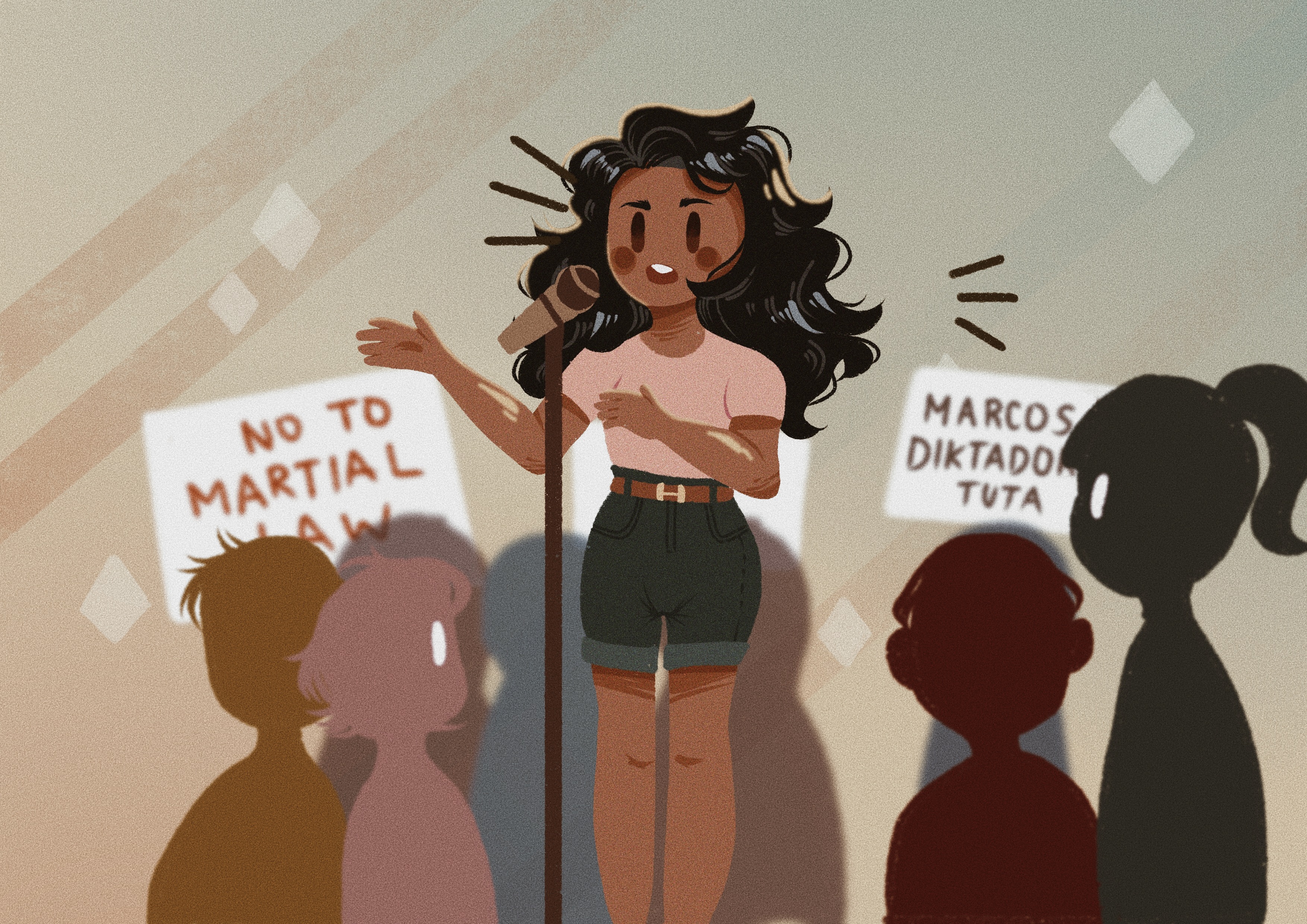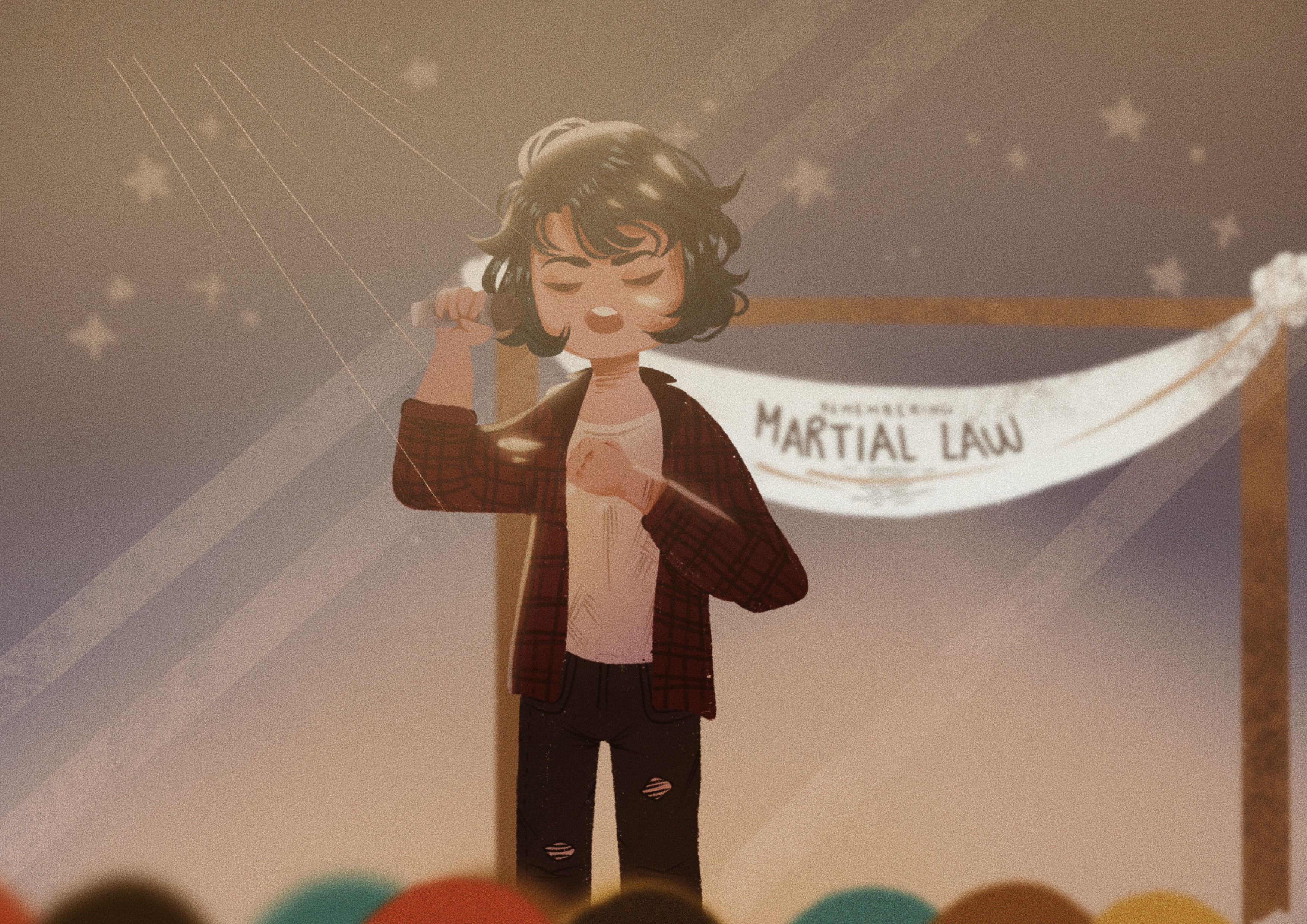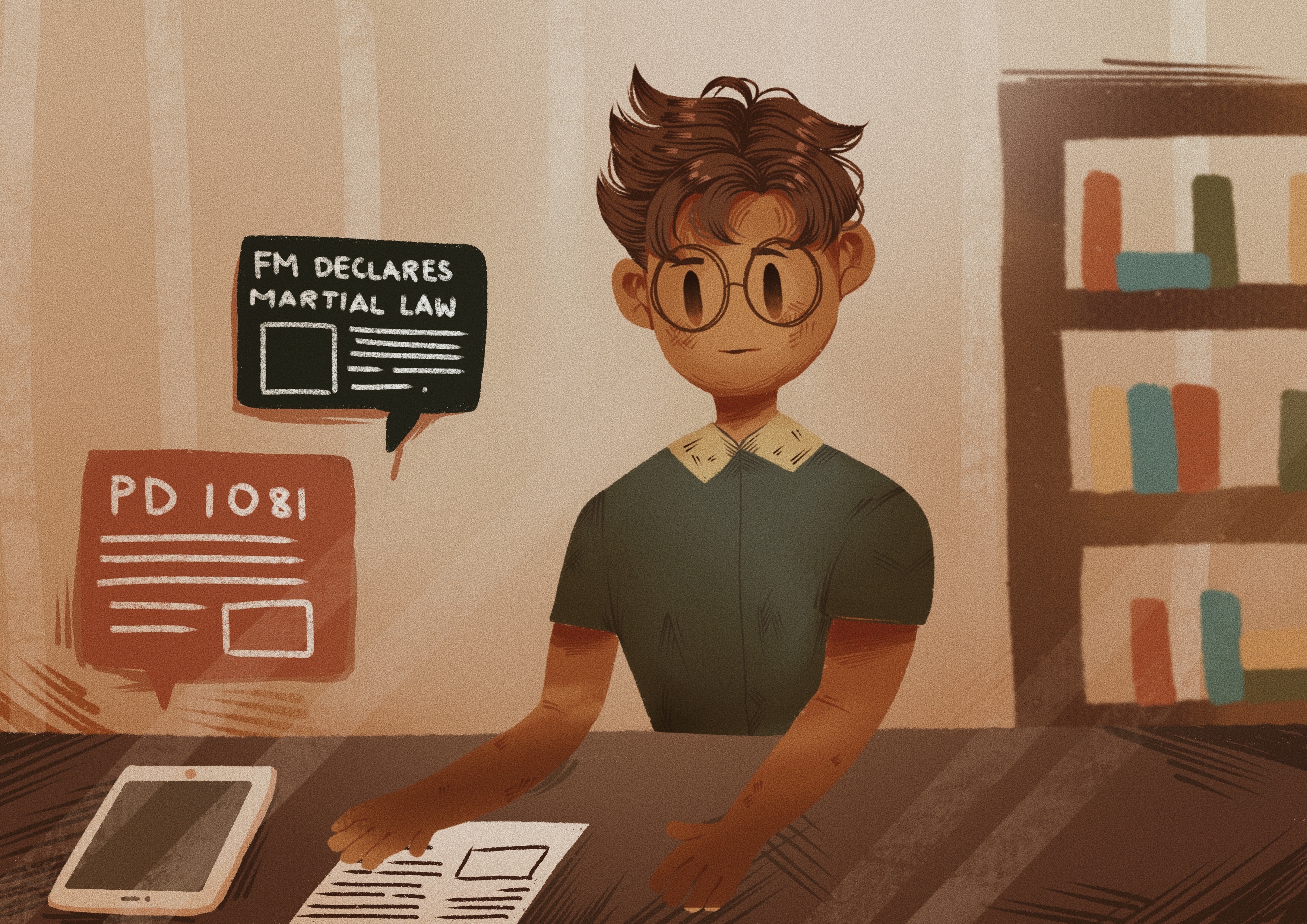Despite the years that have passed, memories of Martial Law still weigh heavily on our nation. It’s unfortunate, then, that some young Filipinos remain unaware of the Marcos regime’s abuses. To change those perspectives, those behind the Bantayog ng mga Bayani memorial project help shed more light on those dark days.
Nestled within a peaceful corner of the perpetually traffic-ridden EDSA highway, the Bantayog museum-park is a testament to an era that impacts us to this very day. It’s run by the Bantayog ng mga Bayani Memorial Foundation, an organization dedicated to keeping the youth mindful of Martial Law history from the Marcos era. Through research projects and various initiatives, this organization calls on us to stand for justice while correcting the errors of the past.
As the 47th anniversary of Martial Law approaches this September 21, Vantage lists some ways to look back on—and consequently learn from—those troubling times. Bantayog’s lineup of activities for Buwan ng Paggunita at Pagpupugay 2019 is one place to start—with plenty in store for those ready to take an unconventional stand.

Catch enthralling performances at the spoken word events.
Martial Law has become a symbol of repression: Many stopped themselves from speaking out of fear of being abducted and tortured. This, however, didn’t stop some artists from resisting in their own ways, as the 70s saw the rise of protest art and Social Realist movements in response to the oppression.
As a reminder to raise our voices against oppression today, Bantayog has set up a series of spoken word events. Various artists have chosen poetry as a means of protest, and each night hosts a different spoken word artist collective that does just that.
Just last August 31, Tadhana Collective kicked off the series with Pagbukas ng Takipsilim, an open-mic event featuring acoustic singers and rappers alongside spoken word performers. Don’t worry if you missed it, though: Lunggati by BAON Collective will be held on September 7 for another evening of performances by local artists. Ampalaya Monologues’ Silang mga Minsang Umibig will follow on September 14 with pieces about love and resistance. This night of poetry and music will likewise commemorate those who fought against dictatorship out of love for the country.
Although spreading awareness through these performances may seem atypical, Bantayog Foundation Executive Director May Rodriguez believes that these artist collectives play a pivotal role in educating the youth. “These networks were built entirely by young people who need to express themselves,” she says. “[They have the] creativity to use words and song for the ideas they want to express.”

Jam to eye-opening tunes at Harana ng Hustisya.
Despite government scrutiny, artists during the Marcos era still used music to express themselves and take a stand. Protest songs such as Apo Hiking Society’s “Batang-Bata Ka Pa” (1980) and Asin’s “Pagbabalik” (1978) grew popular amid social unrest. In line with this, Bantayog teamed up with Musika Publiko, a network of musicians who advocate for socially relevant sounds. On September 29, their free concert entitled Harana ng Hustisya will wrap up this month’s Bantayog-organized events to commemorate Martial Law.
“Harana should entertain,” Rodriguez explains. “But as the title indicates, we also want to use the occasion to make people more aware of pressing issues about justice and human rights concerns in the country.”
The concert’s featured artists are to showcase songs inspired by these social issues. Audiences will listen to the likes of Buklod, a trio formed by Original Pilipino Music icons Noel Cabangon, Romeo Dongeto, and Rene Boncocan at the peak of the Martial Law era; along with folk-rock bands such as Talahib People’s Music, Pordalab, Urduja, and more.

Explore the Bantayog ng mga Bayani.
Bantayog’s events aside, the memorial park serves as an avenue to honor those who suffered under Martial Law. See the 14-meter monument called “Inang Bayan” (Mother Country) depicting a woman reaching out to the sky while holding the corpse of a young man—a symbol of freedom and sacrifice. Continuing your tour would lead you to the Wall of Remembrance: A stretch of granite bearing the names of Marcos-era heroes and martyrs, from notable politicians such as Benigno Aquino, Jr. and Jose Diokno, to hundreds of youth who dared speak up for human rights.
Lastly, for a look into the Bantayog museum, you can enter the Jovito Salonga building, named after an opposition leader during Marcos’ dictatorship. This houses authentic objects associated with heroes and martyrs, as well as documentation of the torture methods that were used during the regime—including a haunting model of a prison cell. As visitors soak up the remnants of a darker time, Bantayog awakens a powerful sense of history from the stories detailed in its exhibits.

Do your own research.
Yet, learning about Martial Law doesn’t have to end when September does. Doing your own research is integral to keeping yourself informed. Though this doesn't have to be conventional or boring either—the activities of Bantayog are proof of that. But on the flip side, there’s also time to watch related movies, read historical novels, go to exhibits like Ateneo’s very own Martial Law Museum, or even talk to people with firsthand experience. These go a long way in helping us connect with the past for a fresh perspective on the present.
“We need a strong youth to control the abuses by authority,” Rodriguez adds. “We need [the] youth [to be] able to express strong and true sentiments about our country.” And with these ways to keep ourselves more informed than ever, we take on a greater role in the fight for peace and justice.